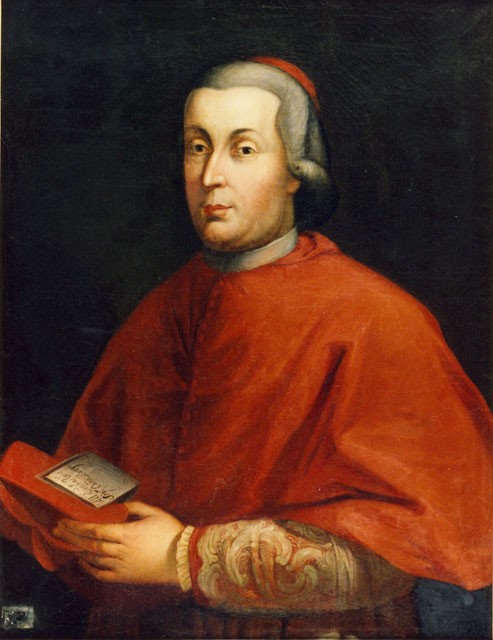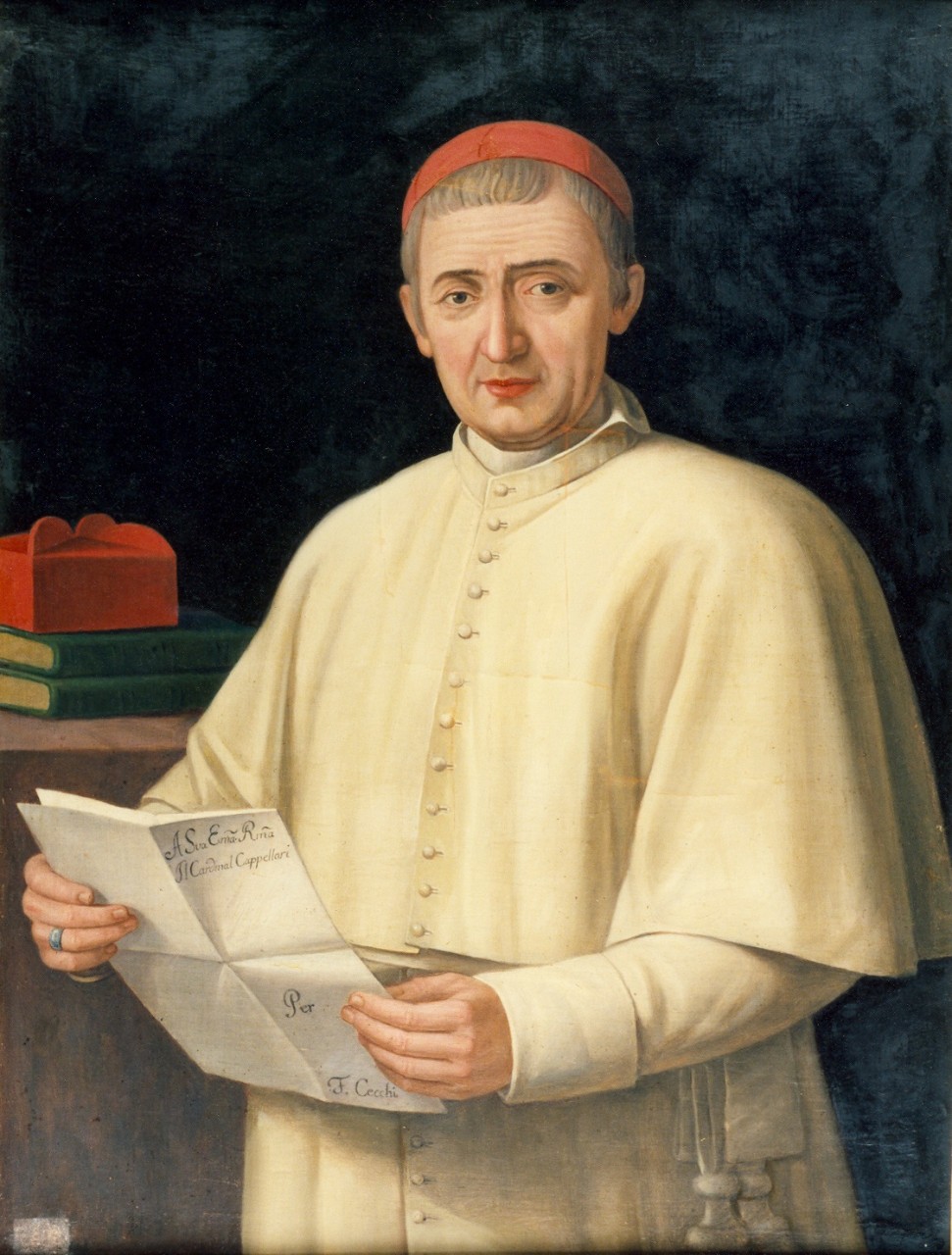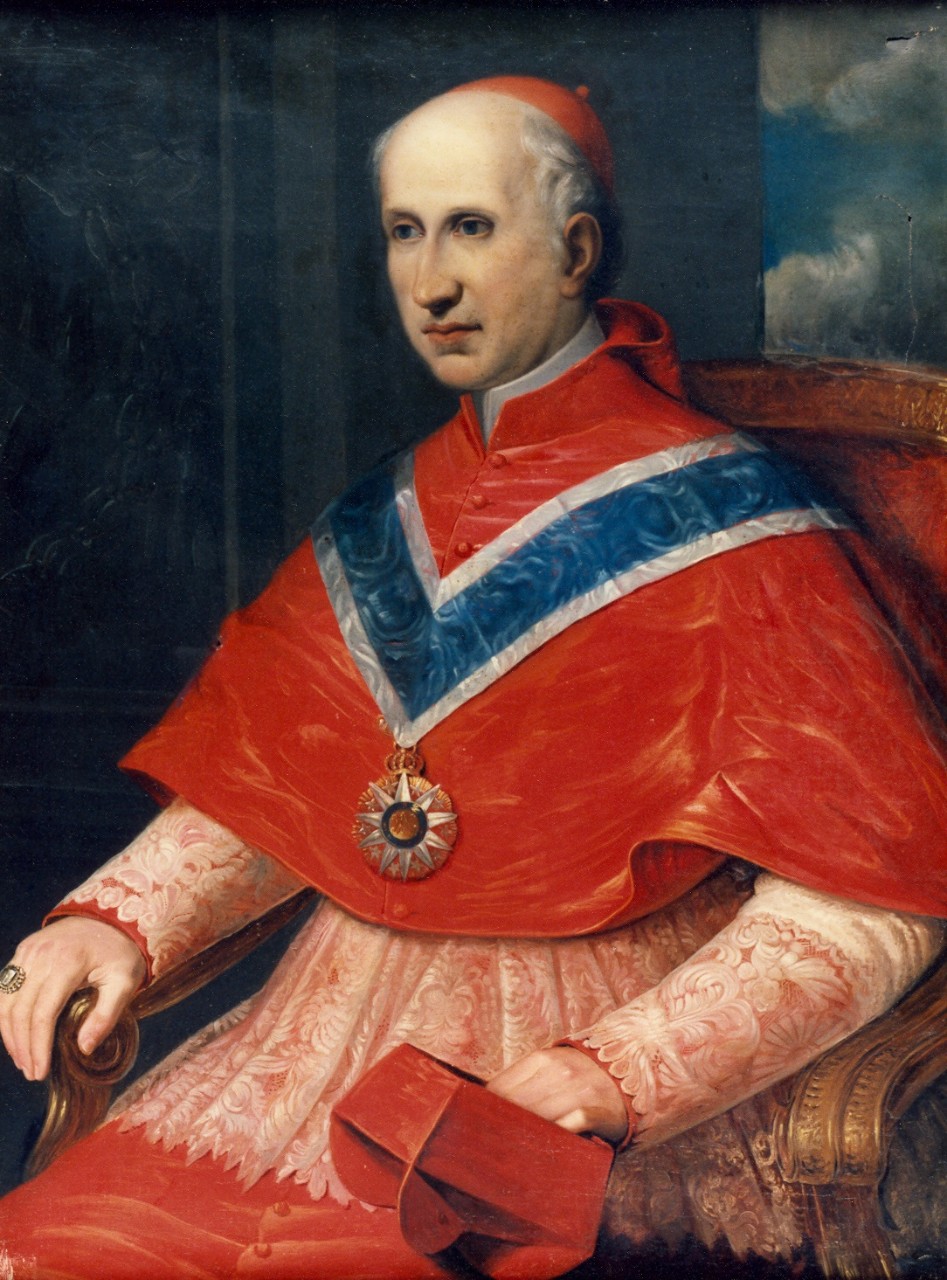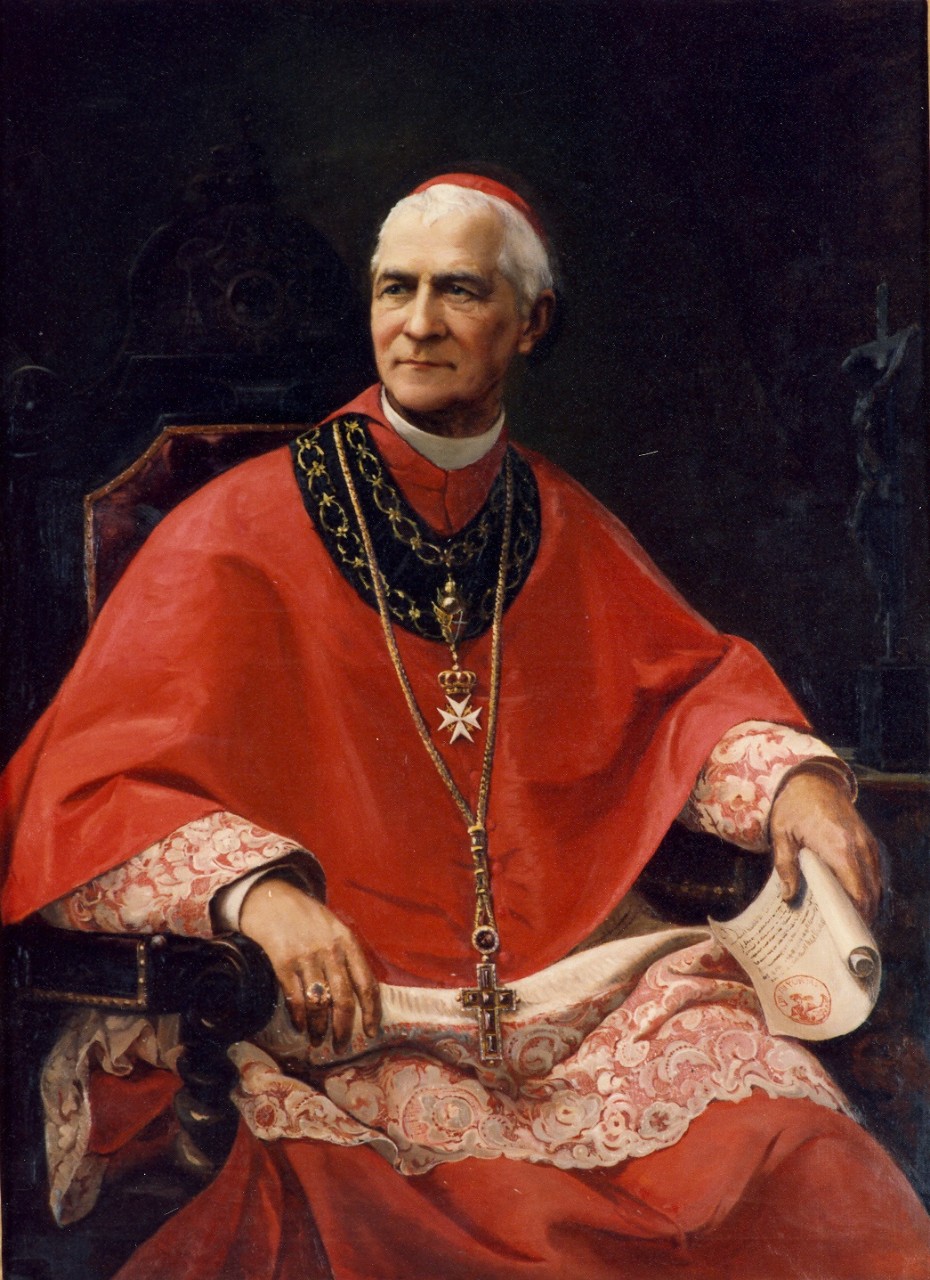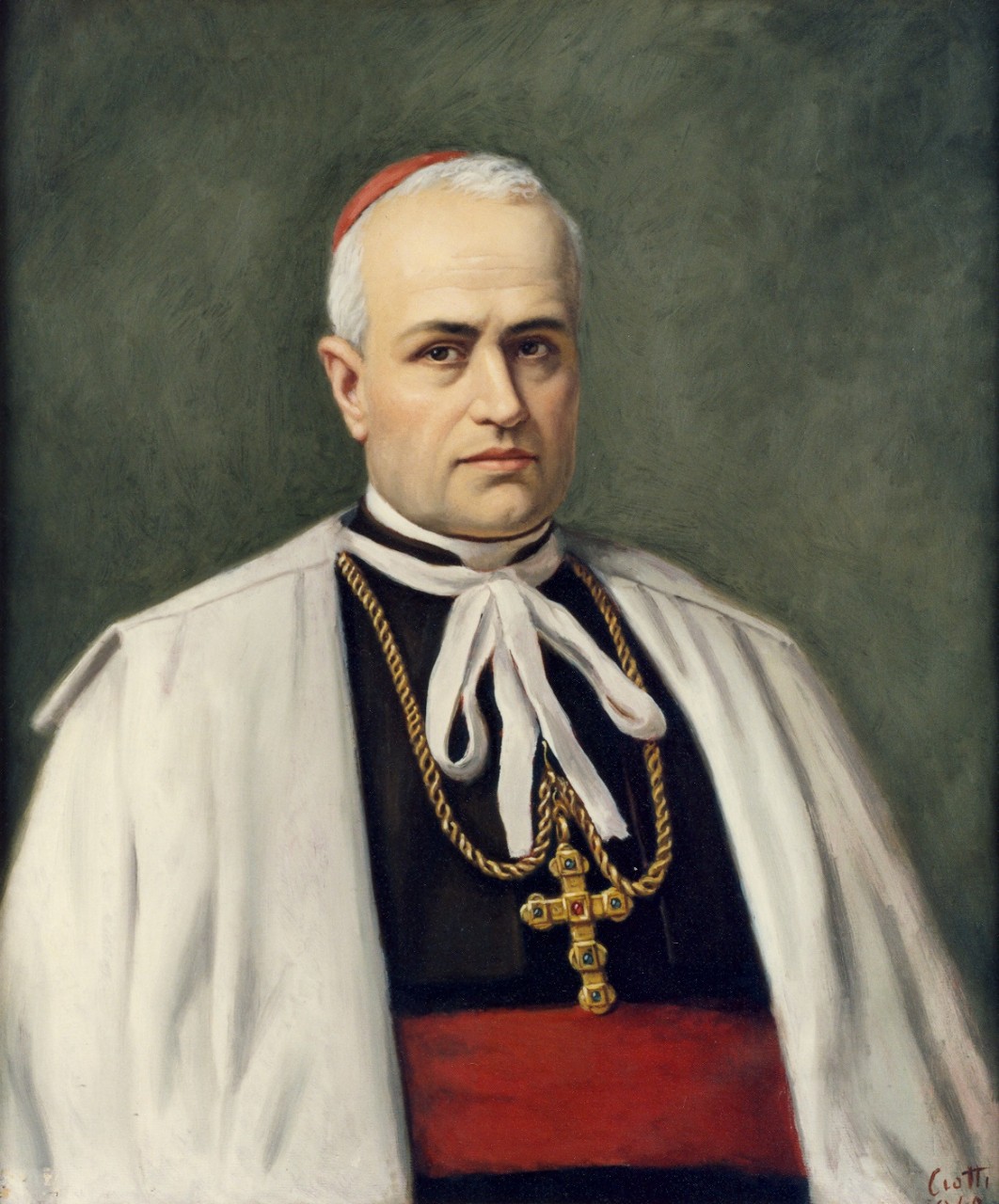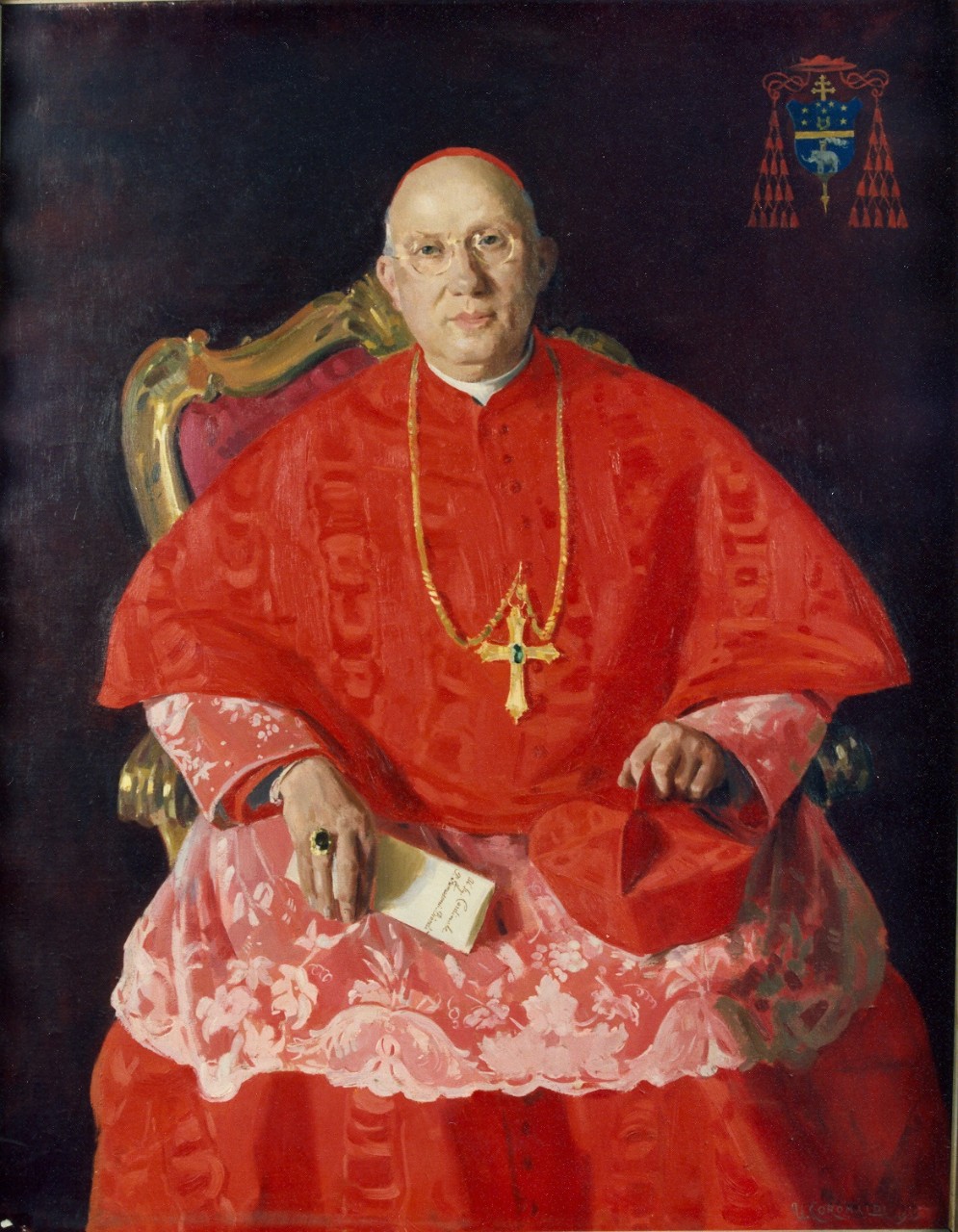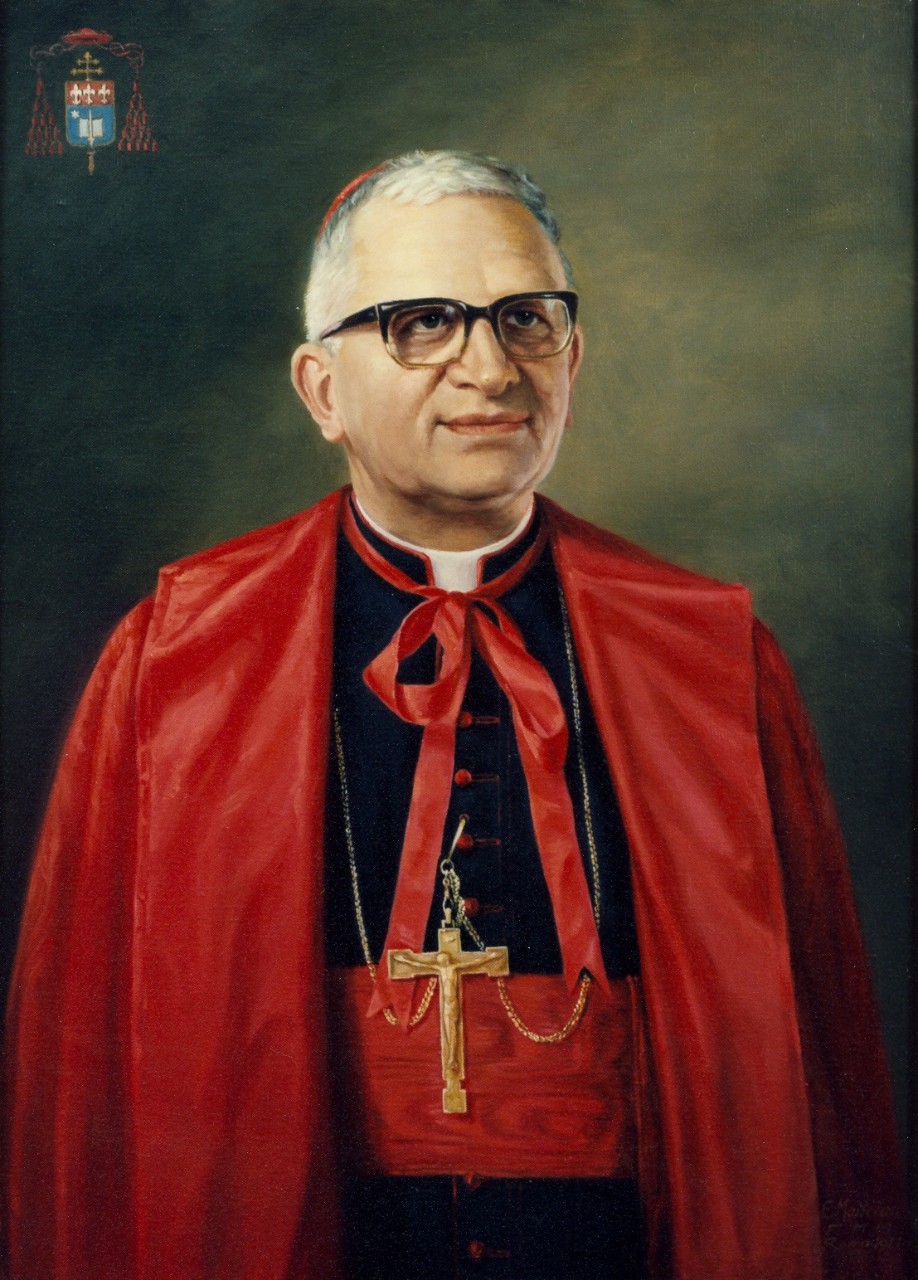CONGREGATION
The Congregation for the Evangelization of Peoples (De Propaganda Fide) and its Historical Archive
The Congregation for the Evangelization of Peoples, historically known as De Propaganda Fide, is one of the Dicasteries that make up the Roman Curia, ie, "all of the Dicasteries and organisms that help the Roman Pontiff in the exercise of his supreme pastoral office for the good and the service of the universal Church and the particular Churches, It thus strengthens the unity of faith and communion of the People of God and promotes the mission of the Church in the world " as defined by Pope John Paul II Article 1 of the Apostolic Constitution Pastor Bonus.
The Church on earth, as the Decree Ad Gentes of the Second Vatican Council states, is missionary by nature, but in the self consciousness of Its being and Its mission there has been an increase, led by the Holy Spirit. An important moment in this "growth" was the foundation of the Congregation "de Propaganda Fide". The Church, starting from its summit, the Pope, realizes his inalienable call, to proclaim Christ, the only Saviour of the world and therefore having to drive, encourage, and organize all the forces available so that this saving proclamation reaches all nations.
This is the message that the text of the minutes of the first meeting of the Cardinal members of the new Congregation "de Propaganda Fide", written on January 6, 1622, the date of the foundation wants to convey: [...] Sanctissimo in Christ Pater, et Dominus Gregorius Divine Providentia PP. XV., animadvertens, praecipuum Pastoralis Oficij caput esse propagationem Fidei christianae, per quam homines to agnitionem, et Cultum Veri Dei perducuntur, et sobri, ac pie, et juste vivunt in hoc saeculo; erexit Congregationem [...]
The birth of the Congregation De Propaganda Fide
The idea of creating a dicastery in the Holy See to take care in the name of the Pope of the mission or propagation of the faith is thanks to the Spaniard Ramón Lull (1235-1315), who proposed to the Pope the erection of a missionary center in Rome. During the period of the great conquests in America the mission receives a boost with the birth of the Spanish Royal Vicariate and the Portuguese Patronage. The Pope grants special privileges to the monarchs of these two kingdoms and they are committed to funding and supporting the mission.
Pius V, encouraged by Francis de Borja, General of the Jesuits, built a Congregation of Cardinals for the spiritual affairs of the missions and another for the affairs of the Church in Germany and in other Protestant countries. Clement VIII fails to establish a Congregation de Propaganda Fide, which, however, has a short-term (1599-1604) due to the resistance of the powers of the Patronage and the death of its organizer, Cardinal Giulio Antonio Santori.
Finally on January 6, 1622 Gregory XV erected the Congregation de Propaganda Fide as central and supreme organ for the propagation of the faith with a dual task: to aim at the union of the Orthodox and Protestant Churches and to promote and organize the mission among non-Christians. The special feature of the new Congregation lies in being ordinary and exclusive tool of the Holy See in the exercise of its jurisdiction over all missions.
The Congregation De Propaganda Fide was composed, according to the act of erection, of 13 Cardinals (one of whom was Prefect), two Prelates and a Secretary, to whom was added shortly after a Carmelite Religious, then, in 1626, a Prothonotary and in 1630 the Assessor of the Holy Office, who from now on would be an ex-offcio Member of the Dicastery.
The work of the First Secretary
It was Mgr. Francesco Ingoli, first Secretary of the Dicastery (1622-1649) who was anxious to collect-right from the beginning of the Congregation - addressed to nuncios, Superior Generals of Religious Orders and to the various individual missionaries, the necessary information on the ecclesial and missionary situation within their mission territories - It can be said that the Propaganda Fide was better informed Dicastery of the Roman Curia-.
Considering also that this documentation would become important for the Congregation, not only to develop a clear work program and an effective activity, but also later for the historiography, Mgr. Ingoli meticulously collected also all documents related to the activities of the Congregation itself-reports, letters, missionaries pleas, minutes of meetings of the members and staff of the Dicastery, records and copies of letters, instructions, circulars, decrees ... – laying the basis for the archives of the Congregation of the Missionary whose first archivist was himself.
Thus was born, a documentary collection on the Countries and peoples dependent on the Congregation without comparison throughout the Church and perhaps in the world, containing not only missionary and ecclesial information, but also cultural, ethnographic, geographic, etc.. of inestimable value to the people of Africa, Asia, Oceania and others. (Around 12 million documents contained in about 15,000 envelopes) covering all mission territories: Africa, Asia, Oceania, North America-United States and Canada-(with the exception of Central and South America) and Europe and North Eastern Europe in a chronological extended period- depending since the beginning of the missionary work in each of the respective countries - from 1622 until today.
Propaganda during the French Revolution and the Napoleonic era
One of the things mentioned in the commitment of the Congregation was in concrete in the eighteenth century the insistence concerning the erection of schools in the missions, considering them an important means for the development of the population and for the propagation of the faith. In addition, in the same century, the Dicastery prohibited the slave trade, in whichit saw a dangerous obstacle to the mission, thus contributing strongly and repeatedly to the abolition of slavery. Similarly, it renewed its missionaries the prohibition to interfere in any way in politics.
The end of the eighteenth century, the period of the French Revolution, was a very dark and difficult period in the history of the Church, for the missions in general and for the Congregation de Propaganda Fide in particular. Pope Pius VI was deposed and arrested by the French revolutionaries on February 15, 1798 and died in prison on August 29, 1799. On 15 March 1798, the Congregation de Propaganda Fide was also suppressed by the "citizen" Haller as "établissement fort inutile" and the Prefect of the Congregation, Cardinal Gerdil, was exiled from Rome.
Cardinal Stefano Borgia, Prefect
In these difficult times, Pope Pius VI appointed Pro-Prefect of the Congregation, on January 15, 1799, a man who is providential for the survival of Propaganda Fide, Cardinal Stefano Borgia, entrusting the management of all the missions, allocating Padova as a temporary office of Propaganda.
Cardinal Stefano Borgia’s greatest merit, former Secretary of the Department from 1770 to 1789, first as Pro-Prefect and then as Prefect (1798-1804), was that of being able to save in difficult times the very existence of the Congregation . One of the most learned Cardinals of all time for his expertise in almost all fields of knowledge, creates a museum in the house of his father in Velletri near Rome in which he collects antiques, works of art and manuscripts of which are used to deepen and to study the culture, religion, history, customs and traditions of the various peoples. He promotes the creation of local Bishops in the missions, the erection of indigenous hierarchies and the celebration of the liturgy in the vernacular language. He was concerned also to establish a good relationship with the powers of the Patronage (Spain and Portugal) in order to work in harmony with them for the propagation of the Christian faith.
The new pope, Pius VII returned to Rome in July 1800, and also Cardinal Borgia returned, who immediately after the withdrawal of the French troops from Rome (occupied 1798-1800) began to buy back the properties of Propaganda, put on auction by the French, through the "Ministers" and especially the precious codices, manuscripts, books and furniture, are beginning to rebuild the Dicastery and to take care of the most urgent missionary problems.
The attitude of Napoleon in front of Propaganda was however quite different from that of the Revolution: he thought to benefit from the organization, which he admired, and from the international relations of the Congregation. He did not suppress the congregation, but allowed it to conduct its activities, claiming imperial its costs and those of the Urban College, appointing a special commission for the administration of the assets of Propaganda. However, the material damage Propaganda suffered again were high during this period (1808-1814): the entire archive had been transported to Paris, and when it returned to Rome in 1815, there were many documents missing.
The Congregation for the Evangelization of Peoples or "De Propaganda Fide" in current affairs
Currently the territories dependent on the Congregation, called by the reform of the Curia made by Pope Paul VI Congregation for the Evangelization of Peoples or "De Propaganda Fide" and by the Apostolic Constitution Pastor Bonus of John Paul II simply Congregation for the Evangelization of Peoples, include some regions of South East Europe and America, almost all of Africa, the Far East and Oceania, with the exception of Australia and most of the Philippine Islands.
The duty of the Congregation is to direct and coordinate worldwide the work of evangelization of peoples and missionary cooperation. In addition, the Dicastery has direct and exclusive jurisdiction over its territories, with the exception of what concerns other Dicasteries of the Roman Curia.
The Congregation builds and divides in its territories missionary districts according to the needs; presides over the government of the missions; it examines the issues and the reports sent by the Ordinary, and Nuncios and by the Episcopal Conferences; monitors the Christian life of the faithful, the discipline of the clergy, charities and Catholic Action; supervises the Catholic schools and seminaries.

